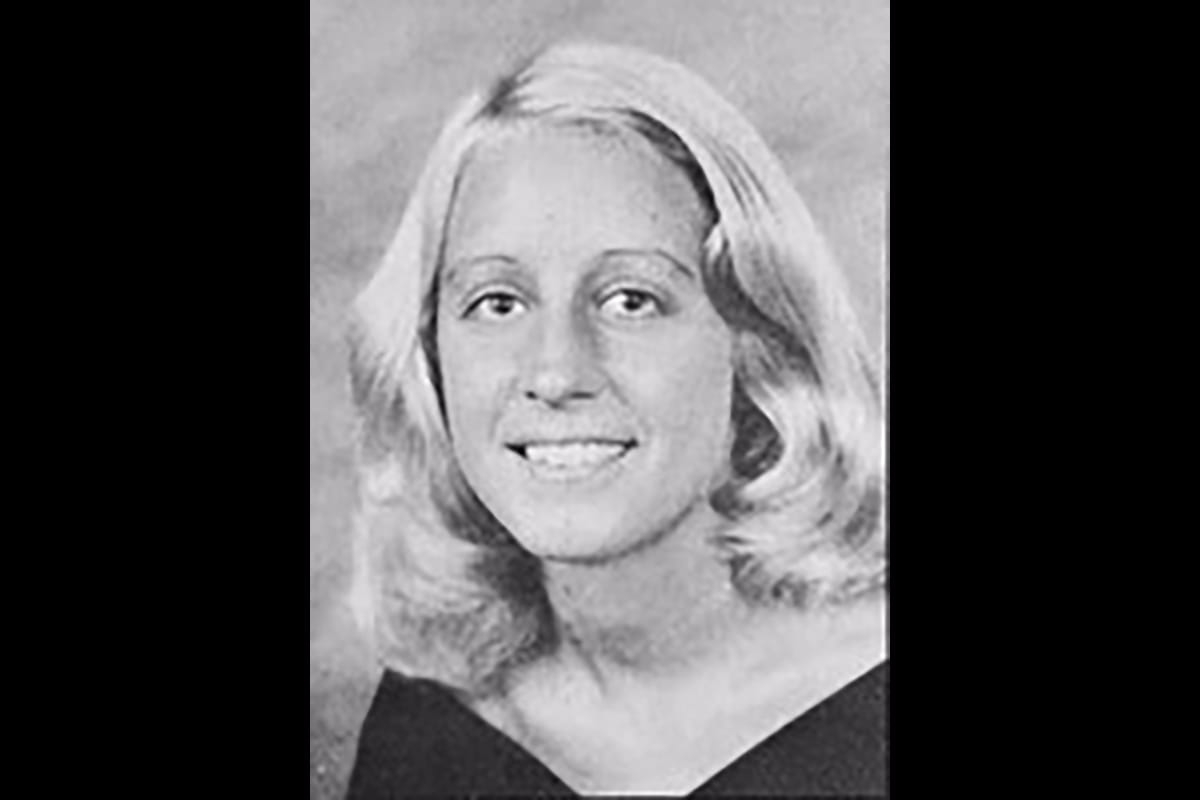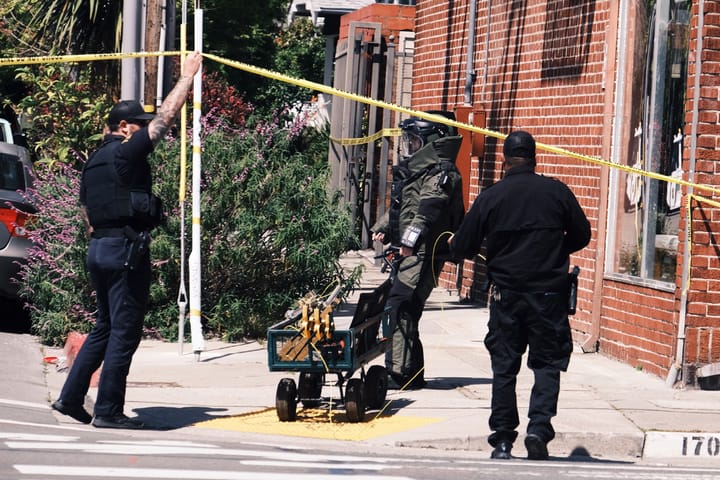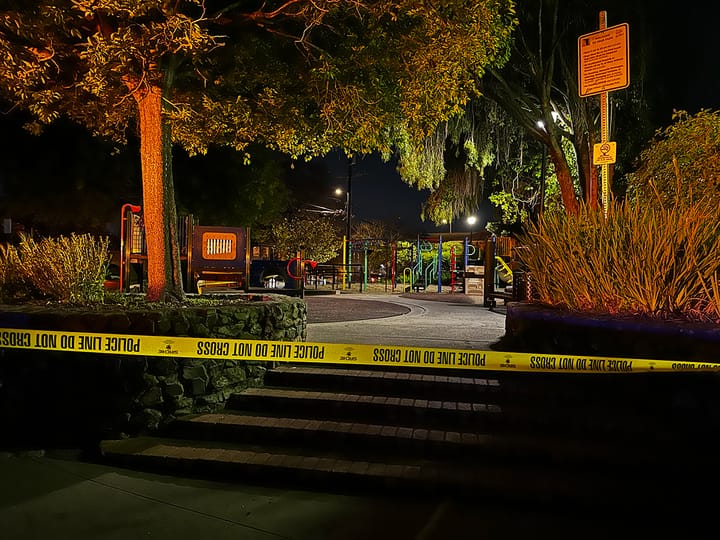Berkeley murder case from 1990 solved with genetic genealogy
Maria Weidhofer's family said they hope "she will be remembered for the person she was, and not for what happened to her."
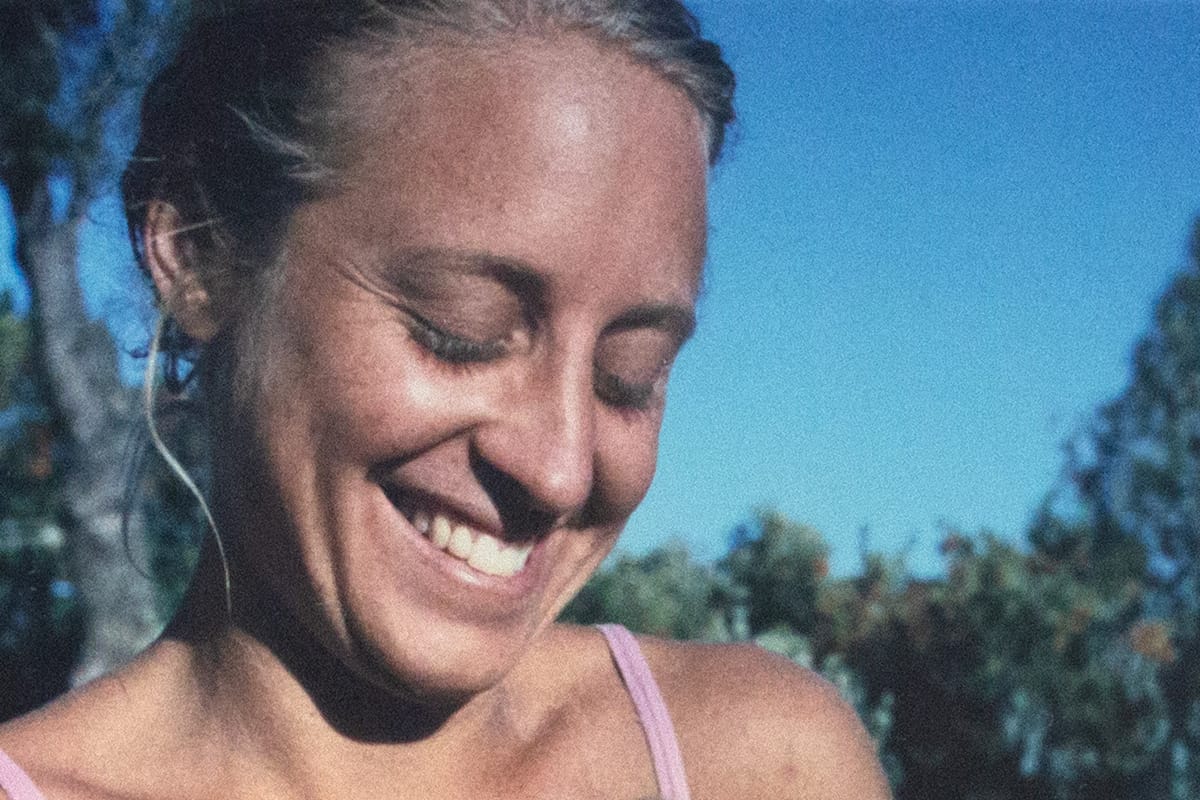
The family of a Berkeley artist and baker who was raped and killed by a stranger in Tilden park in 1990 says it finally has "some measure of closure" this week.
On Wednesday, authorities said they had identified the killer of 32-year-old Maria Weidhofer using investigative genetic genealogy, an approach that uses family ancestry to help investigators narrow the field of suspects.
"We shall remember Maria as a gentle soul pursuing her dreams as an artist and baker in the Bay Area community she loved," her family said in a written statement. "Our wish is that she will be remembered for the person she was, and not for what happened to her."
On Wednesday, authorities held a press conference to announce their findings and explain how they used DNA to identify Jon Lipari as Weidhofer's killer.
Police said Lipari killed himself in early November, nearly 34 years to the day after Maria's death.
Lipari never knew about the investigation or that police were closing in on him, East Bay parks detective Christopher Rudy told reporters this week.

On Nov. 15, 1990, Maria Weidhofer went for a jog on the Nimitz trail in Berkeley's Tilden park.
It was the last time anyone saw her alive.
The young woman "loved life and worked hard to stay healthy by jogging every day in the East Bay hills," the San Francisco Chronicle reported in 2005.
At the time, her death was among 10 or so cold cases "that continue to baffle East Bay Regional Park District police," the Oakland Tribune reported that year.
Weidhofer had recently "moved from Southern California to Berkeley to be closer to like-minded people and to pursue her art," according to the Trib. "Weidhofer, a vegetarian, lived in a macrobiotic collective with three housemates and worked evenings at a natural foods business in Oakland. Quiet and shy, she kept her personal life private."
Her roommates quickly reported her missing when she didn't show up for work that night, according to media reports from years past.
The next morning, after going out to look for her, her roommates found her truck at the Inspiration Point trailhead in Tilden Regional Park. They knew she liked to run there.
Authorities soon located her body in a redwood grove about a mile north. She had been pulled slightly off the trail but was readily visible.
She had a rope around her neck and there were signs of a struggle.
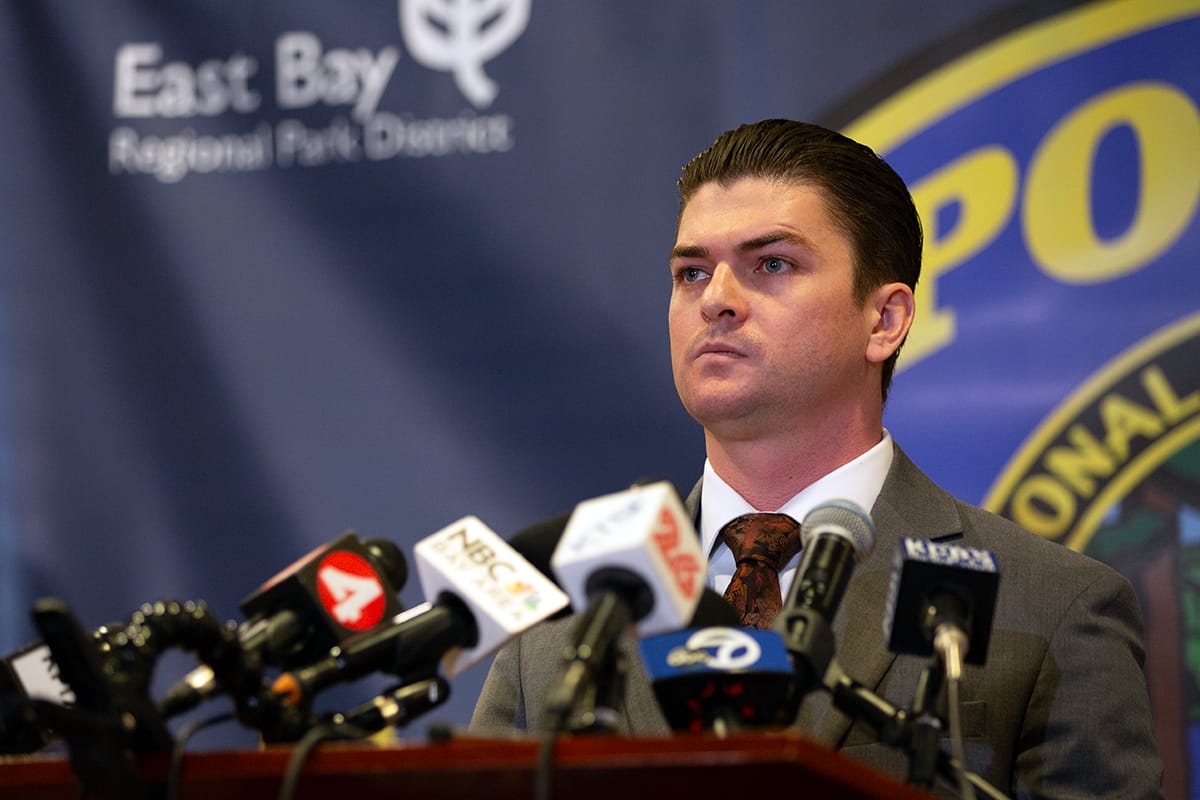
An autopsy later determined she had died by "asphyxia by ligature strangulation, and found a multitude of minor abrasions and contusions upon her person," Christopher Rudy, the East Bay parks detective, said in this week's press conference.
(Rudy, his department's cold case specialist in the Investigations Unit, received the EPRPD's Officer of the Year award in 2024, in part for his work on the Weidhofer case.)
After finding Weidhofer's body, the East Bay Regional Park District Police Department pursued the homicide case closely for more than a year but ran out of leads before identifying a suspect.
When the case began, police did find biological evidence from the suspect, including his semen, on Weidhofer's body.
But it was the early 1990s and investigative options were still quite limited.
Seven years later, as DNA technology advanced, EBRPD police sent the biological evidence from the case to the Contra Costa County Crime Lab for analysis.
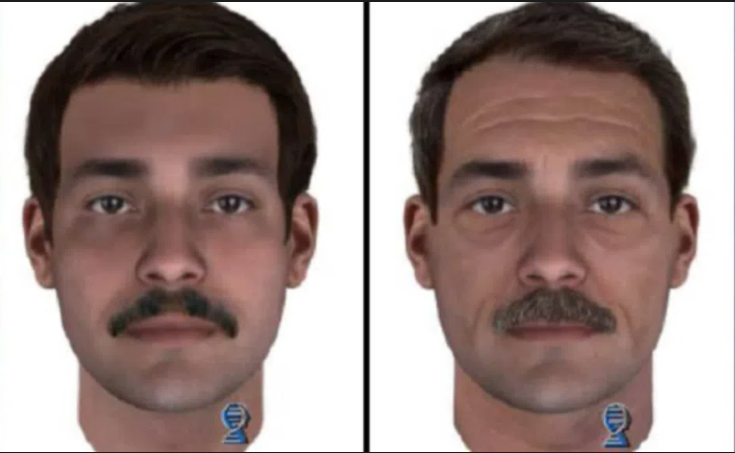
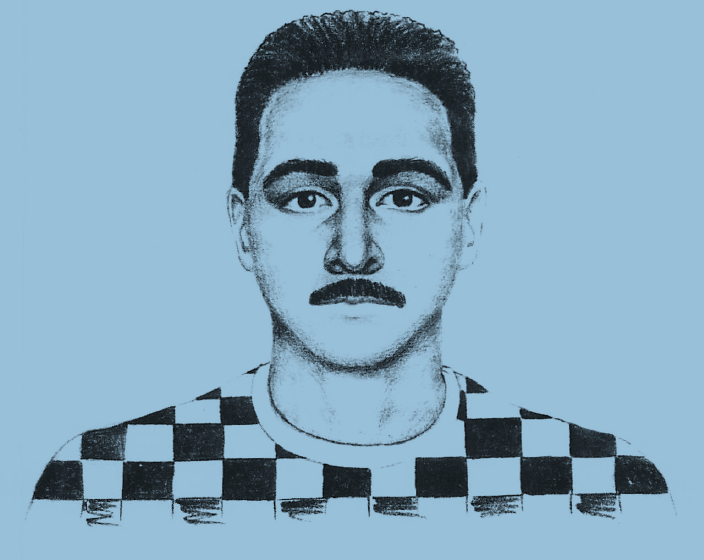
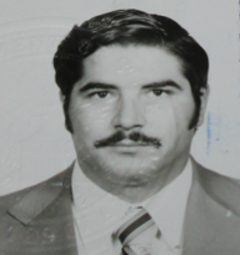
From left: The Parabon 3D renderings, a police sketch of the suspect circa 1990 and a photograph of Jon Lipari from 1978. EBRPD Police
That allowed authorities to develop a male DNA profile, which they uploaded to a federal database called CODIS.
But there were no hits.
Over the years, authorities tried to keep the case in the headlines, offering a $10,000 reward in 2005 and, in 2017, publishing "predictive" images of the suspect.
(Those images later generated criticism from some civil liberties experts, Wired magazine reported just last year.)
Maria Weidhofer case: Genetic genealogy provided key break
Thirty years after Weidhofer's killing, in 2020, East Bay parks police teamed up with the FBI on the case, which allowed for the use of "advanced DNA techniques," such as investigative genetic genealogy, Detective Rudy said this week.
That's the same field of forensics that helped catch the Golden State Killer in 2018.
In 2023, that work led to the identification of Lipari as a potential suspect, Rudy said.
Extensive work followed to pursue "other leads and avenues" before Lipari finally became the primary suspect in 2024, he told reporters.
Investigators determined that Jon Lipari had been in his 30s, and was living with his family in Martinez, at the time of the Weidhofer homicide.
He moved to Oregon in 1992, not long after the killing, police told The Scanner on Friday.
When investigators zeroed in on him in 2024, he was living in Gold Beach, Oregon, a coastal community of about 2,200 people.
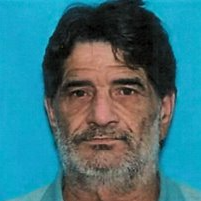
Jon Lipari in 2016. EBRPD Police
The law enforcement agencies working on the case — East Bay parks, the FBI and the Contra Costa County DA's office — then looped in the Curry County Sheriff's Office, whose jurisdiction includes Gold Beach.
But before they could interview Lipari or officially contact him about the case, fate intervened.
On Nov. 1, 2024, Curry County authorities found his body at his Gold Beach home, deceased from a self-inflicted gunshot wound, Rudy said.
Authorities found "no evidence that shows that he was aware of the investigation," he added.
Who was Jon Lipari?
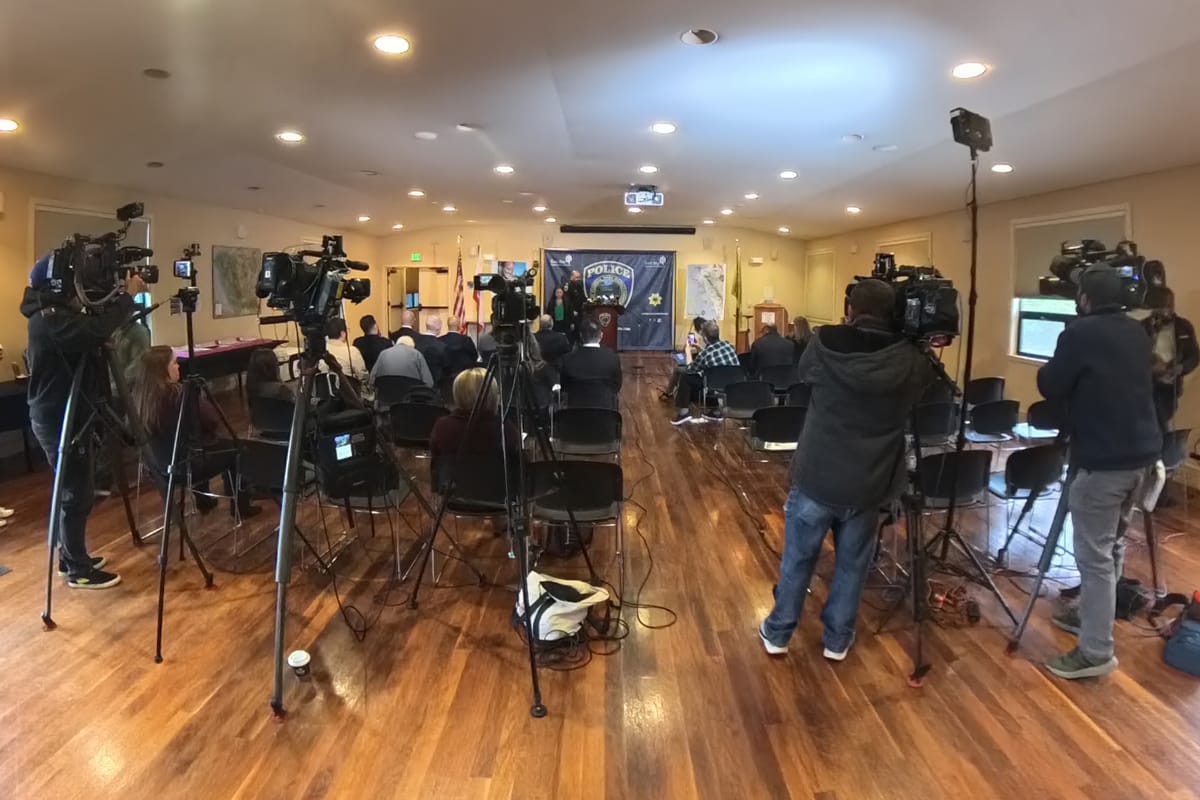
According to a GoFundMe page set up after his suicide, Lipari "suffered from cancer for many years and it finally took it's toll."
"For those of you who may have known Jon, people weren't his favorite," the GoFundMe organizer wrote, adding that he was "definitely not an internet fan."
According to the GoFundMe page, which raised a few thousand dollars and was no longer active as of this week, Lipari's daughter was "the light" of his life, and he "cared deeply for his cats and any type of animal. He was very quiet, but the people who knew him saw the very gentle soul that he was."
Ruth Dixon, the GoFundMe organizer, did not respond Friday to a request for comment from The Scanner.
But she issued a statement to KTVU earlier in the week, the news station reported, saying that "none of Lipari's family or friends had knowledge of his past before he moved to Oregon."
Dixon told KTVU that Lipari's family did not know authorities were looking into him until they were served with a search warrant in November after his death.
She said her family sent "condolences to the family of the victim, as no one should have to lose a child and go through not knowing who or why," Dixon told KTVU.
Police chief: "Maria was what we're here to fight for"

Once investigators identified Lipari as a potential suspect in the Weidhofer case, they spent "hundreds of hours" to learn everything they could about him.
On Wednesday, police said they had not found any evidence linking Lipari to any other crimes.
During the press conference, the officials who spoke emphasized how investigators had never forgotten the case and had never given up on solving it.
"Many people believe that a cold case just goes in some drawer and it's forgotten," said East Bay parks Police Chief Roberto Filice. "Maria was what we're here to fight for."
Filice said he knew there was nothing authorities could do to bring Maria back. But he called the announcement "a matter of accountability."
"We're holding the person accountable that took Maria from her family," he said. "Justice might have been delayed but, thanks to the hard work of our detectives and our federal partners, justice has been served."
"They did not forgive, nor forget," Filice said. "Let this be a message to the people that come and commit criminal activities in our park. We will pursue you. We are not standing down."
In her comments, Sabrina Landreth, EBRPD general manager, offered condolences to the family while emphasizing the overall safety of the parks, which "cover the land size of the equivalent of the state of Rhode Island" and host about 30 million visitors each year.
"I know this doesn't bring complete closure, but I just want you to know we always were here with you," she said, directing her remarks to the family. "This is a solemn day, but I do hope that this does bring some little bit of answer and closure to you."
"The pursuit of justice is a marathon, not a sprint"
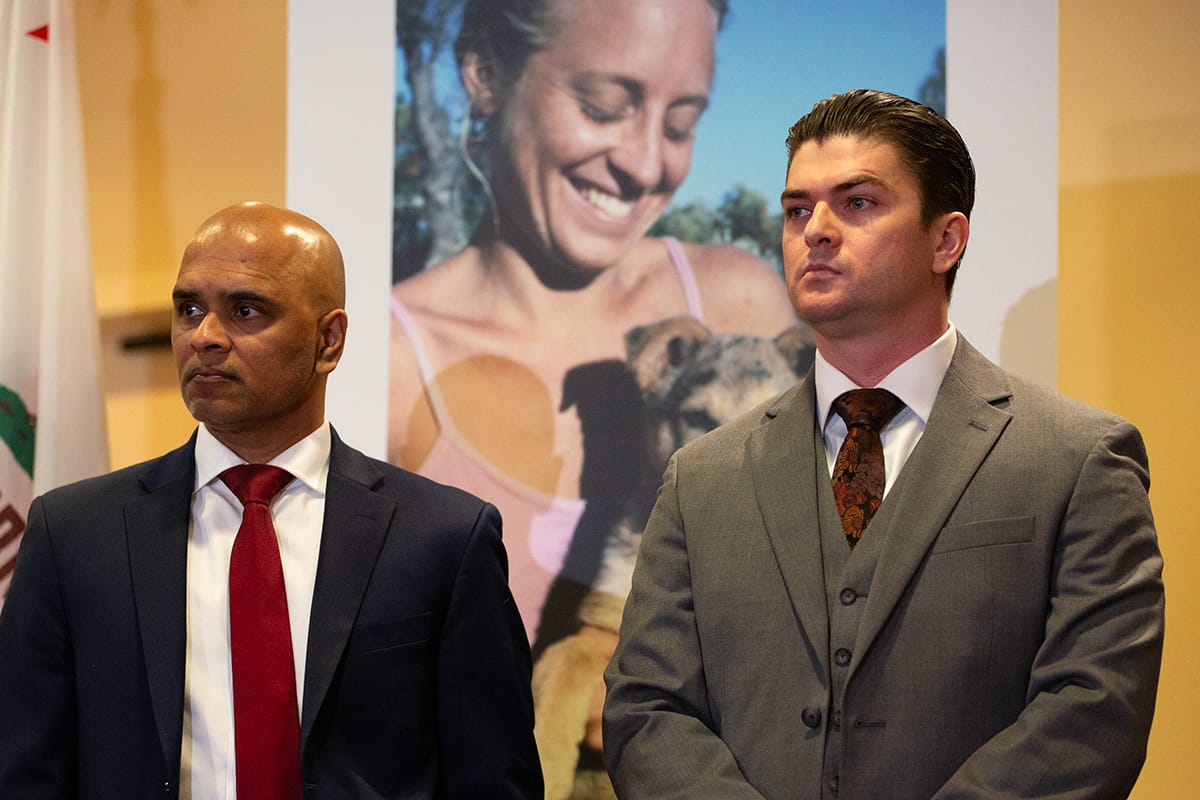
Deputy District Attorney Satish Jallepalli, from the Contra Costa County DA's office, also spoke at Wednesday's press conference.
"Every single person who worked on this case over these 30-plus years was dedicated to solving this crime," he said. "They did so with a shared determination that Maria's death would not remain unsolved."
Jallepalli said Weidhofer's murder touched many people: her family and the local community as well as many law enforcement officers.
"The pursuit of justice is a marathon, not a sprint," he said. "We are all standing here today because of our shared commitment to justice."
Jallepalli told The Scanner that authorities in Contra Costa County had gotten involved decades earlier when investigators began to send evidence to the Contra Costa County Crime Lab for analysis.
The Cold Case Unit of the Contra Costa County DA's office had also become part of the collaboration over the years.
The broad partnership across jurisdictional lines "was a reflection of that shared determination using the latest technology and investigative techniques to obtain answers that could not have been obtained decades or even years ago," Jallepalli told the press. "The pursuit of justice requires endurance, resilience and a willingness to go the distance — even when the path ahead is long and uncertain."
Maria Weidhofer's family "irreparably harmed" by her loss
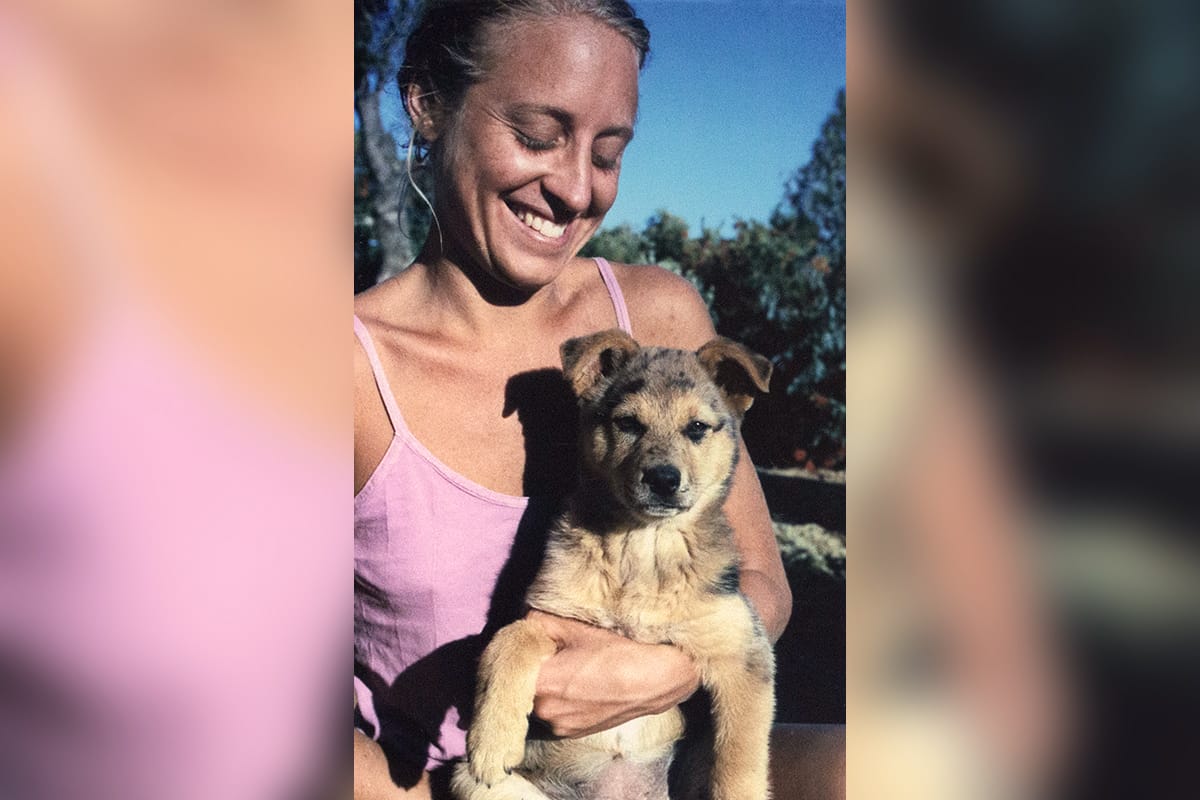
In the years since Maria Weidhofer was killed, both of her parents have died, her father in 2001 and her mother more recently.
Maria's brothers watched this week's press conference remotely. The Scanner has been unable to reach them.
In their statement, which Detective Rudy read on their behalf, they said their family had been "irreparably harmed by the loss of Maria."
"In the ensuing years, our parents, Jane and Karl, struggled mightily with psychological repercussions, including the frustration of knowing the perpetrator was likely still free," they wrote. "Maria, the family and the world have been carelessly cheated and deprived of her future."
The family also expressed its gratitude for the law enforcement officers whose "unceasing efforts" had brought them some closure.
Several of those investigators attended this week's press conference to hear the latest developments in the case.
Retired detective: "A case like this never really leaves you"
One of them was Bill DeLeon-Granados, an East Bay parks investigator who got the case in 2017 before retiring in 2020.
"A case like this never really leaves you, even when you leave the job," he said Friday. "You go about your life, but it still sticks with you."
East Bay parks detectives began taking a deeper look at several cold cases in 2016 under Sgt. Tracy Desiderio, he said.
DeLeon-Granados, who is now a criminology professor at Dominican University of California in San Rafael, described how he had pushed for the creation of the 3D rendering that was published in the media in 2017 after coming across Parabon NanoLabs at a conference.
In the years that followed, as DNA technology advanced, investigators were able to rule out suspects that had loomed large in the investigation for decades.
That allowed them to shift their focus to other possibilities, including a man with a stalking history who lived in the park and bore a resemblance to a composite of the killer.
But investigators ultimately determined that he wasn't the killer.
The biggest break came after DeLeon-Granados retired, as other East Bay parks detectives were able to rely on breakthroughs in investigative genetic genealogy.
But that in itself is not a smoking gun, he added.
"Just because you have narrowed it down to a family, you have to ask: What's the connection here? Who can we start looking at?" he said. "There's a lot of work that has to be done on that level."
Police: Killer left his DNA on cigarette butts and the body

Some of the key evidence in the case came from a pile of cigarette butts found near a bench at the trailhead — where the killer had spent time "lying in wait" as he chose his victim — and the semen found on Weidhofer's body.
In the end, both pieces of evidence led police back to Jon Lipari.
DeLeon-Granados said he had been surprised to learn Lipari had no known links to other crimes. But he said, in his mind, that possibility still remains — for a number of reasons.
For one, he said, the crime was brazen.
Sexually-motivated killers often pick particularly vulnerable victims, including prostitutes, whose cases might be less likely to garner widespread media coverage. That wasn't the case here, he said, indicating some level of confidence in his ability to get away.
They often choose to commit crimes in places they are comfortable, such as inside their cars or in other locations they feel they can control.
Lipari sat on a bench smoking cigarettes "for quite a bit of time" and was seen at Tilden park by multiple witnesses, who later described him to police, the retired detective said.
Some indications there could be more cases
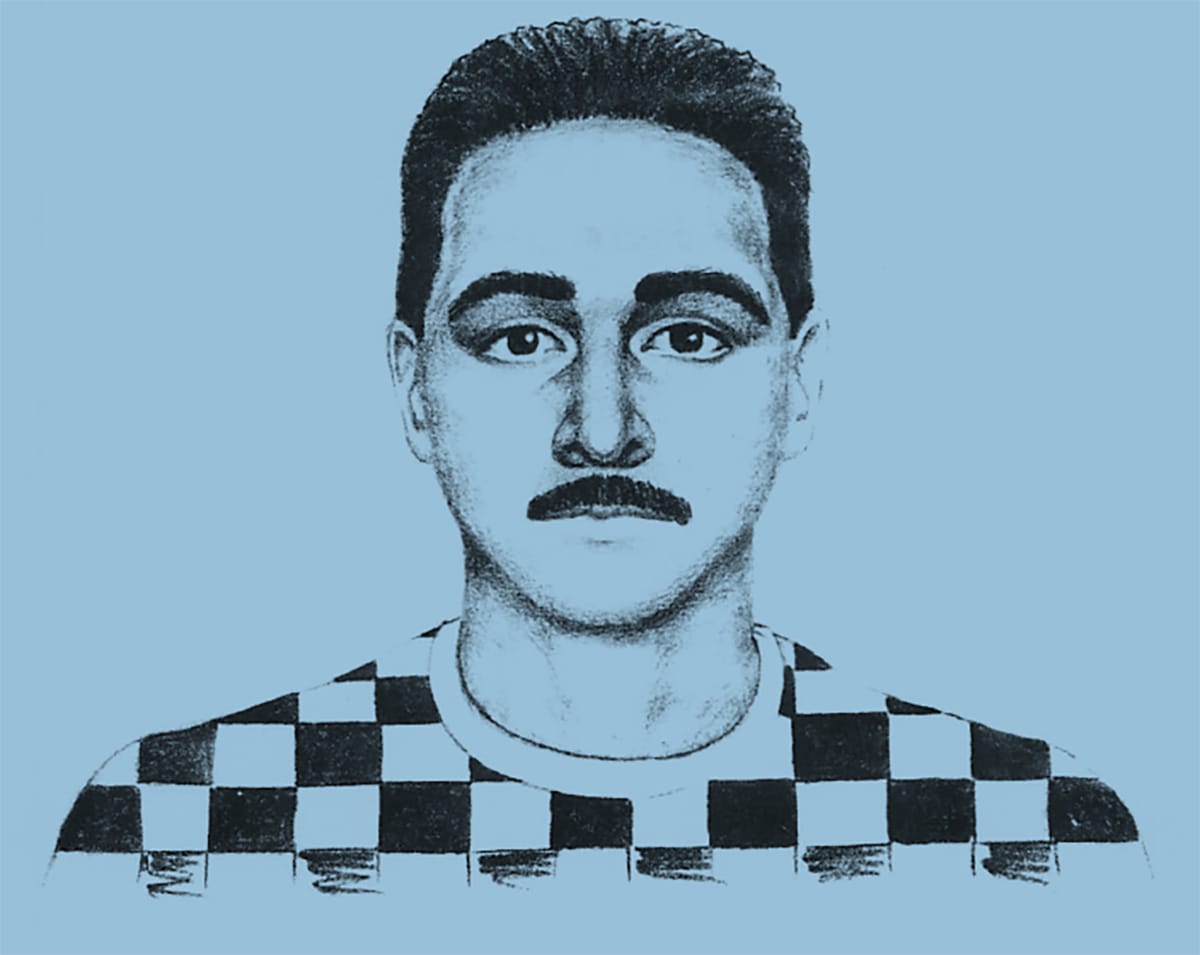
The Berkeley Hills trail on which Lipari chose to commit the crime was popular and in one of the area's busiest parks.
And then there was the time of day the homicide took place.
"To go out in the daytime and do an act like that is very bold. That takes, in my opinion, some experience — realizing, 'I'm not gonna get caught, I know what I'm doing,'" the retired detective said Friday in an exclusive interview with The Scanner. "That's what makes me think there's gotta be others tied to him."
Other states have not been as good as California in clearing their rape kit backlogs, meaning relevant evidence could still be out there, he also noted.
Lipari left California within two years of Weidhofer's killing — after the police composite sketch had been widely circulated in the media.
He also served in the U.S. Marines, and there's no telling where his military service might have taken him.
He also could have changed up his MO, using a condom or finding better ways of concealing bodies, said DeLeon-Granados.
The retired detective noted that rape and murder cases involving complete strangers are quite unusual in general and "almost non-existent" within the park system.
"That's more of a movie-type of thing," he said.
"You don't do an act like that as a one-off"
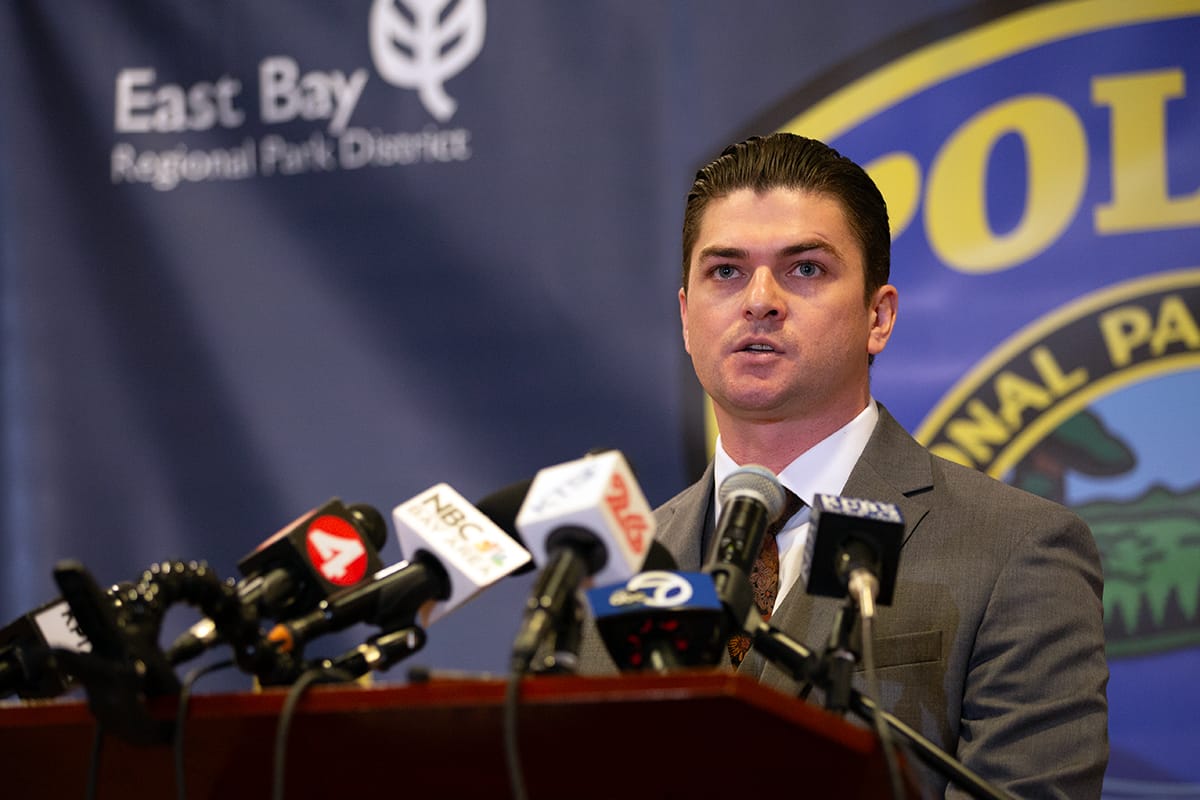
DeLeon-Granados said all the elements of the Weidhofer case made it "all the more rare" and "all the more unique," adding: "That's a lot of exposure he put himself through."
"All that stuff makes me real curious about what else he might have done," he said. "You don't do an act like that as a one-off."
He said that, while DNA hadn't linked Lipari to other cases to date, there had been a homicide that involved strangulation by rope about seven years earlier, where a body was dumped off Wildcat Canyon Road — not far from Inspiration Point.
The state of the body has ruled out DNA analysis, at least so far.
"All these cases, you think about them constantly."
After he retired in 2020, DeLeon-Granados said he sometimes asked his former colleagues about the status of the case, including when he'd run into them training at the gun range.
And he did what he could to move on, knowing others had taken up the work and were doing all they could to solve it.
"All these cases, you think about them constantly," he said.
Detective work, he added, is often all-consuming.
"Nobody's gonna stop you from working as hard as you want on a case to do whatever you can to figure it out and find closure," he said.
That gives the job meaning. It can also be a lot to carry.
"Oftentimes you feel that you are responsible for whatever justice the family or victim can get in our system," he said. "When you're not in it, you kind of have to let it go — or it will bother you that can't do anything about it."
"You take what you can and you never stop trying"

DeLeon-Granados said he learned about the Lipari announcement at this week's press conference, along with most everyone else in the room.
He said he wasn't entirely surprised at the news, having felt the case was "so solvable" given the strong DNA evidence investigators had found.
"It was just really waiting for the technology and the genealogy to get up to date. That's what it took," he said.
Still, he said he felt a "huge sense of validation" that the case was finally closed and that Maria's family could see that police had never given up.
"We probably would have hoped we caught the guy — to let him know that we knew and that it finally caught up to him," he said. "It is what it is. You take what you can and you never stop trying."
"There's not always an easy resolution," he said. "But you keep pushing."
Maria Weidhofer: Related coverage
